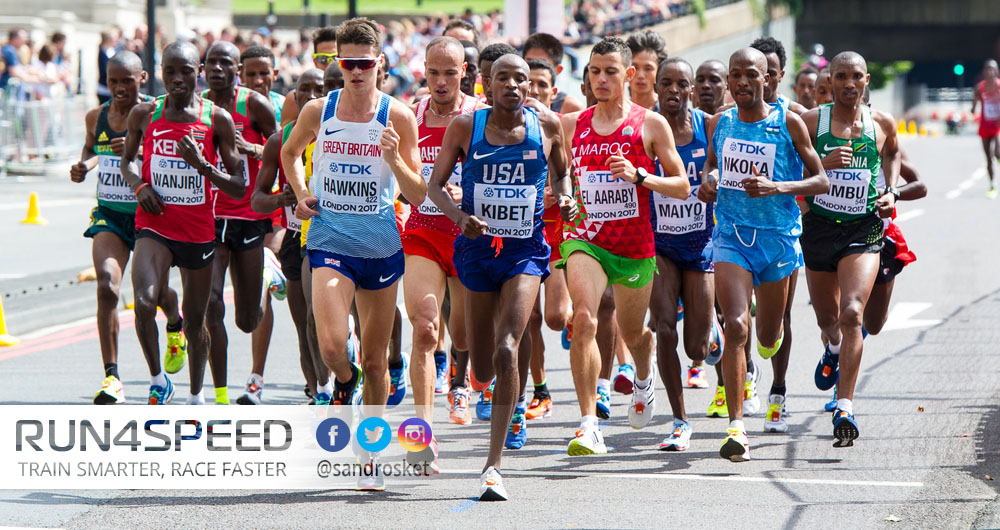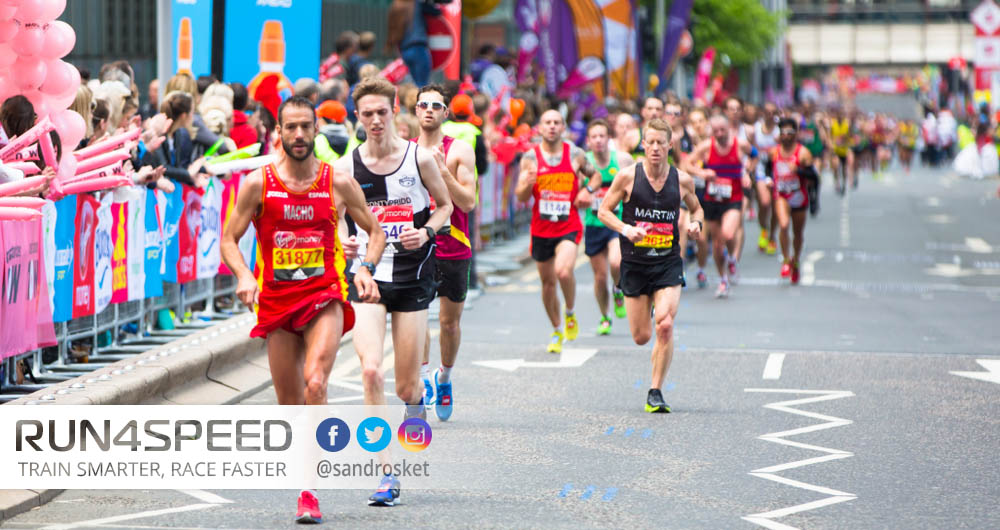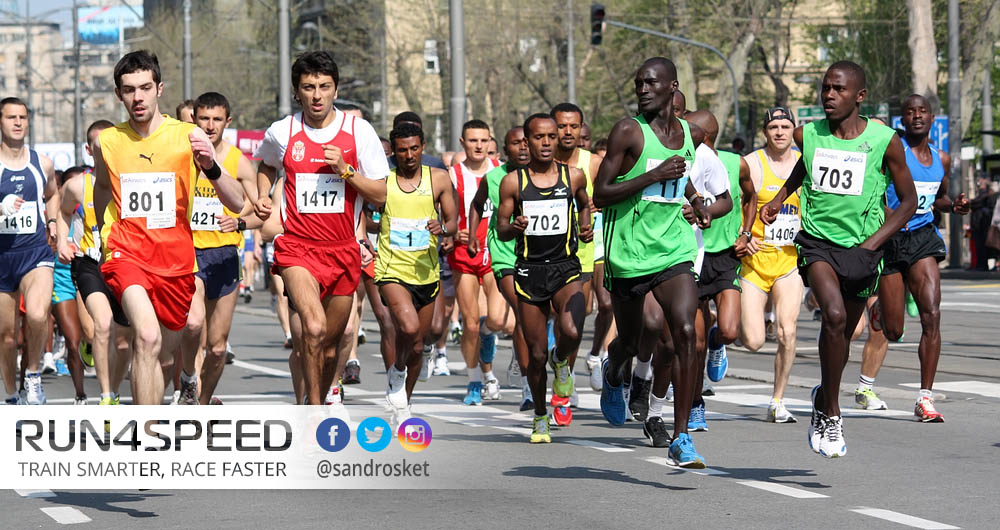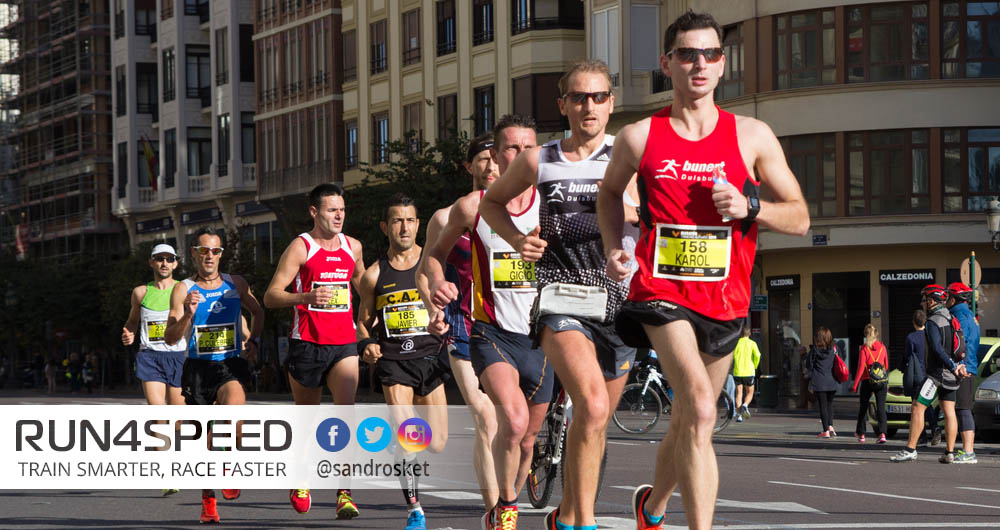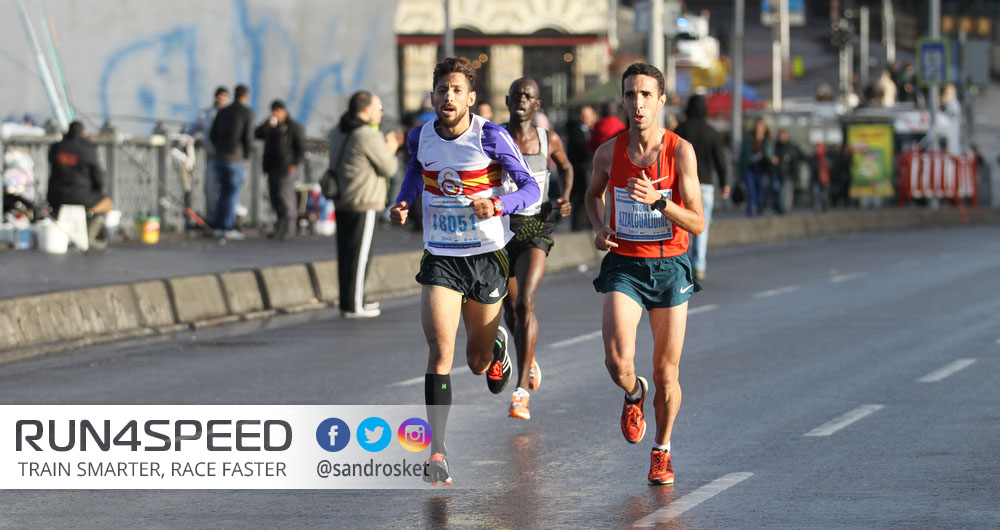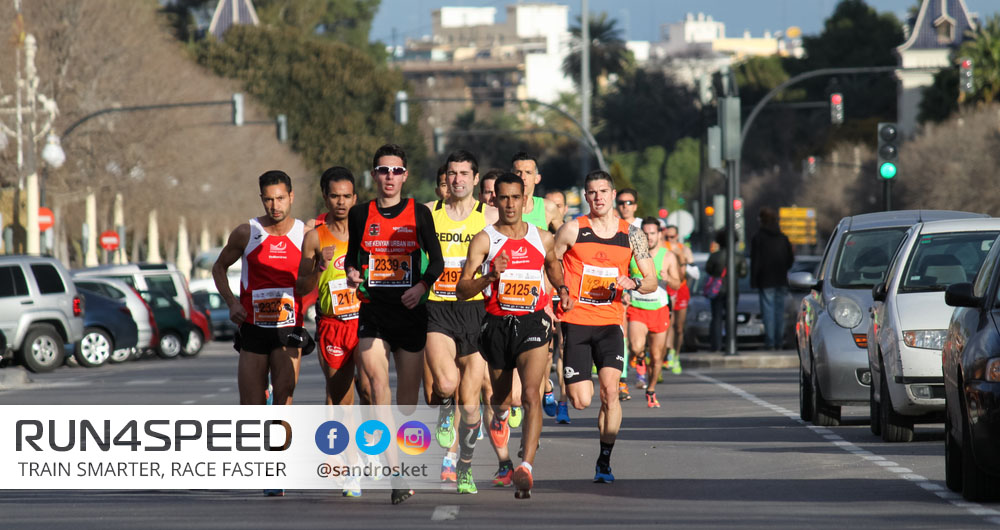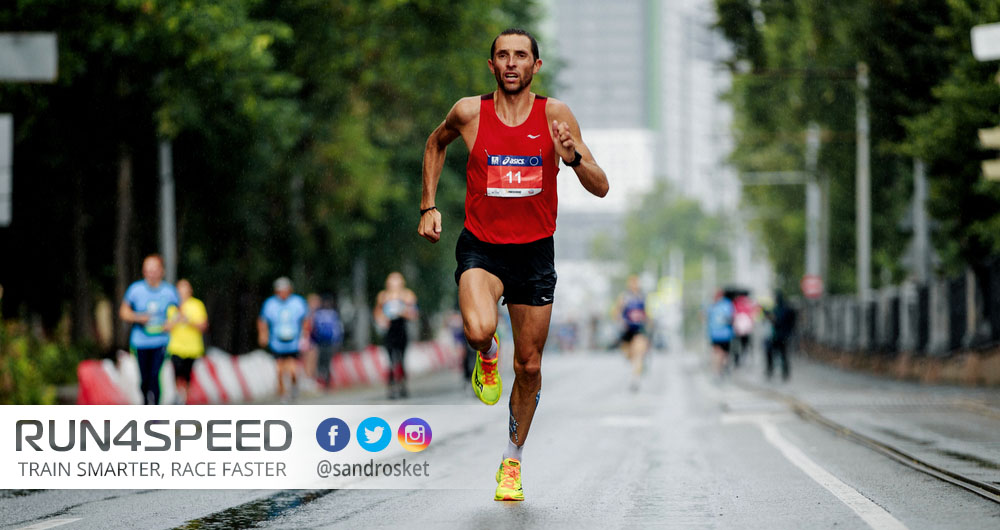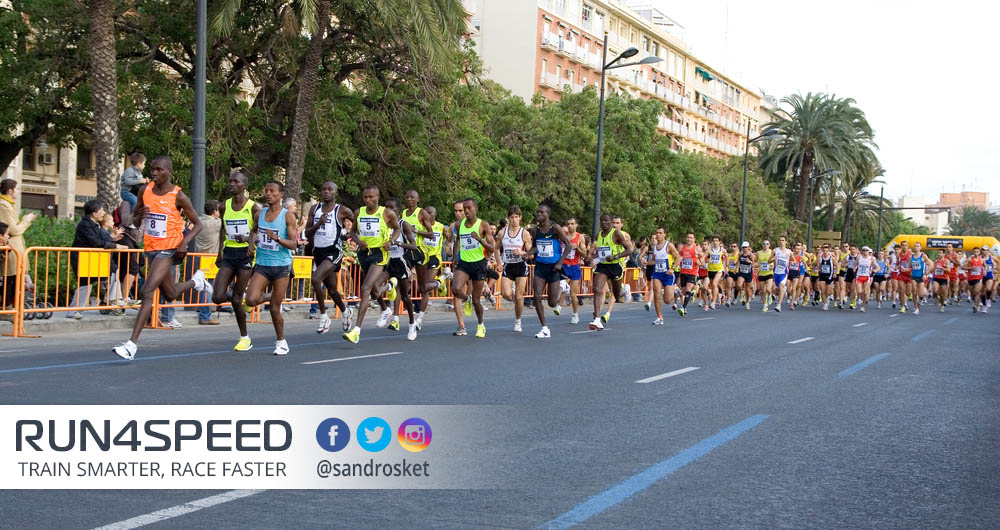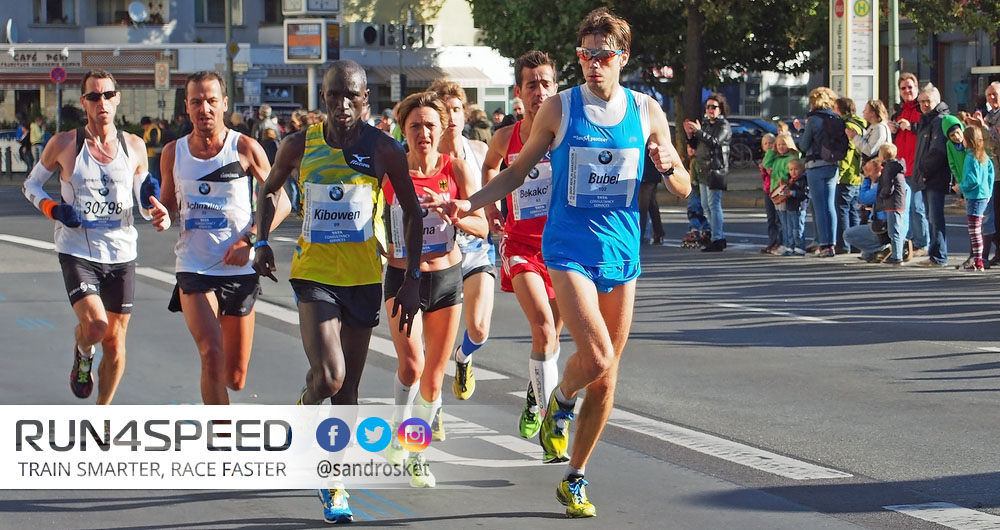Polarized Training: 4 Overlooked Details that Matter
Polarized training is a combination of mostly easy mileage with intensities above lactate threshold. In a scientific study, it beat high volume training, threshold training, and high-intensity training. (Who wouldn’t have guessed that?!) In this article, I will outline a more inclusive and detailed approach to polarized training that covers the full spectrum of intensities in the right amounts. Read more >>


